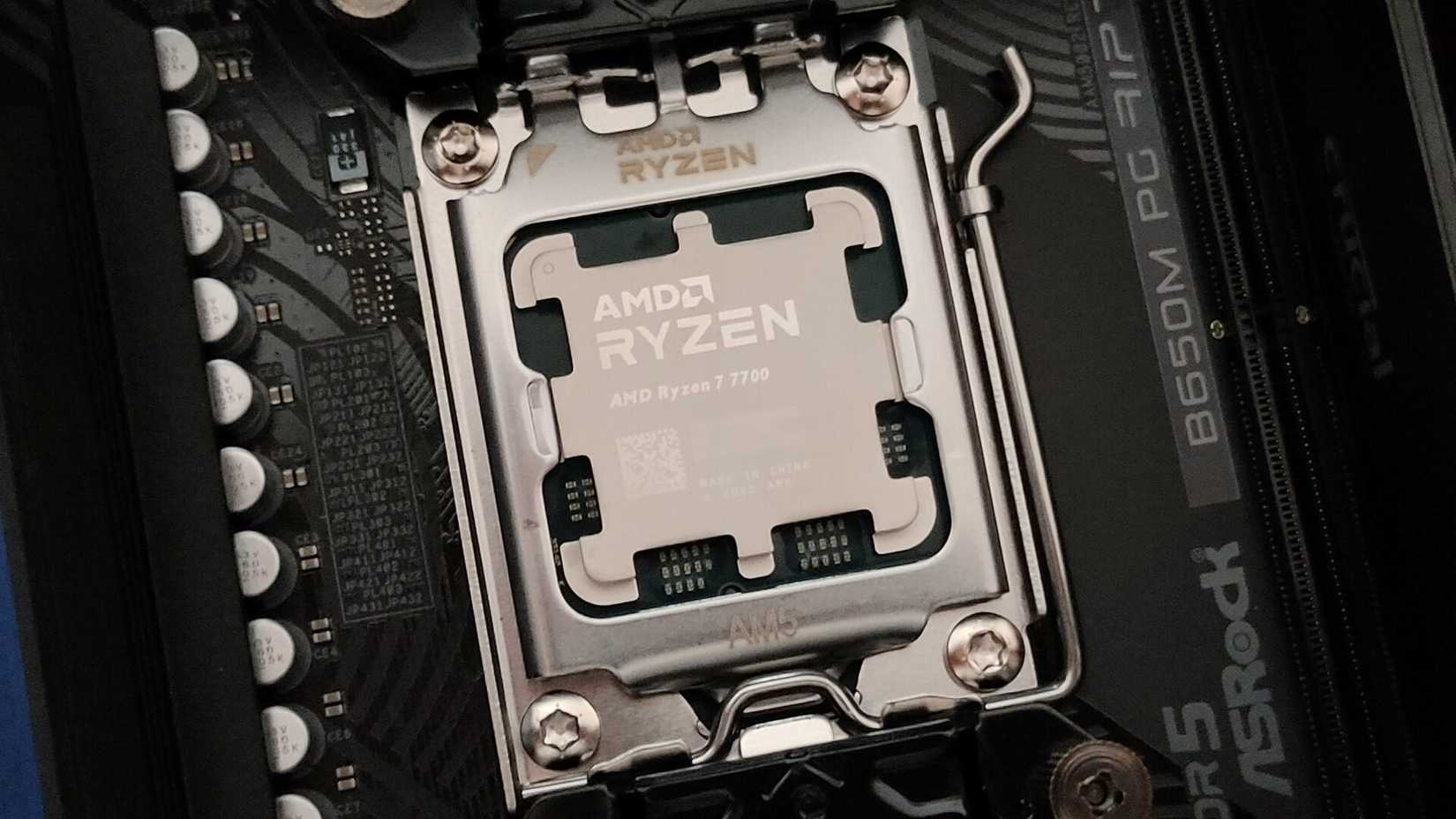
Are you between Intel and AMD to build the next Plex server? The choice is clear these days about which is best, and the reasons may surprise you.
Choose Intel if your Plex library requires transcoding
Intel has had Quick Sync Video (QSV) support built into its processors since 2011. If you’ve never heard of QSV, it’s basically a dedicated video encoding and decoding hardware hardware that takes some of the video processing tasks from the CPU itself and handles them more efficiently.
Plex takes advantage of Intel’s QSV support to handle transcoding of movies and TV shows without the need for a dedicated graphics card. Sure, a dedicated graphics card can often handle more transcodes than an Intel processor’s Quick Sync video component can, but modern CPUs can transcode multiple streams at once without breaking a sweat.
While AMD now has graphics integrated into its processors, including AV1 encoding/decoding in the latest versions, Plex simply doesn’t support AMD hardware well. In fact, Plex has never fully supported AMD hardware. For a number of reasons, Plex has always leaned toward Intel or NVIDIA when it comes to transcoding.
If you have a Plex library with a lot of transcoding needs, Intel is definitely the better processor to choose. There is simply no comparison.
AMD offers slightly lower wattage at idle – with an added advantage
Let’s assume your Plex library doesn’t need any transcoding. There is a possibility that AMD has an advantage over Intel in your scenario. In fact, AMD runs at idle with less power consumption than Intel in most scenarios. Therefore, when gaming live and putting little stress on the processor, AMD can generate less heat and have a lower running cost per month.
However, idle power draws are within a few watts of each other, which amounts to fractions of a cent per day, if that much. Also, if you try to transcode with an AMD processor, you will almost certainly draw more power than the Intel CPU because Plex doesn’t support AMD transcoding very well.
At some point, I hope Plex adds full support for AMD transcoding because the hardware is certainly there at this point. It’s all up to the drivers at this point.
You can get older Intel CPUs with integrated graphics for cheap
You don’t actually have to spend a lot of money to get Intel Quick Sync video. As I mentioned earlier, this technology has been around since 2011. You can easily find a processor that is several years old that can handle Plex media conversion with ease.
For example, finding an old 8th gen Core i5 processor for your Plex server would be great. On eBay, you can buy Entire computers Which has an 8th generation Core i5 processor for about $170. Not only is it cheap on the CPU, but it comes with a 500GB hard drive, 16GB of RAM, and Windows 10 (which can be swapped out for Linux to run a media server or virtual machine). If you prefer to purchase a system from a large retailer, Best Buy offers a similar system With an 8th generation Core i5 processor with a 256GB SSD for $365.
In general, older Intel equipment is inexpensive but still very capable. Intel definitely wins in this area.
If you have a graphics card, choosing a CPU is mostly irrelevant
If you already have a dedicated graphics card, you can honestly forget about even thinking about which processor you have. When you have a dedicated graphics card (NVIDIA 900 series or later, Intel’s Arc family), Plex can send all transcoding to the GPU. This means that no transcoding tasks will be performed on your processor, allowing you to put AMD or Intel to good use.
This is great for those who already have dedicated graphics cards. However, if you don’t, Intel is really the best CPU choice for your Plex server because it handles your transcoding needs and does everything else your server might need at once.
Ultimately, Intel has the edge over AMD when it comes to powering a Plex server. That could change at any moment, as all Plex has to do is release full support for hardware transcoding on AMD processors. However, until then, Intel remains king when it comes to powering your media server.
Once you have your Plex system up and running, make sure your media is properly organized. A neat and tidy Plex library is a happy Plex library. Organizing your media is actually easier than you might think, and there are free programs available to handle the task for you, making it a simple process.


